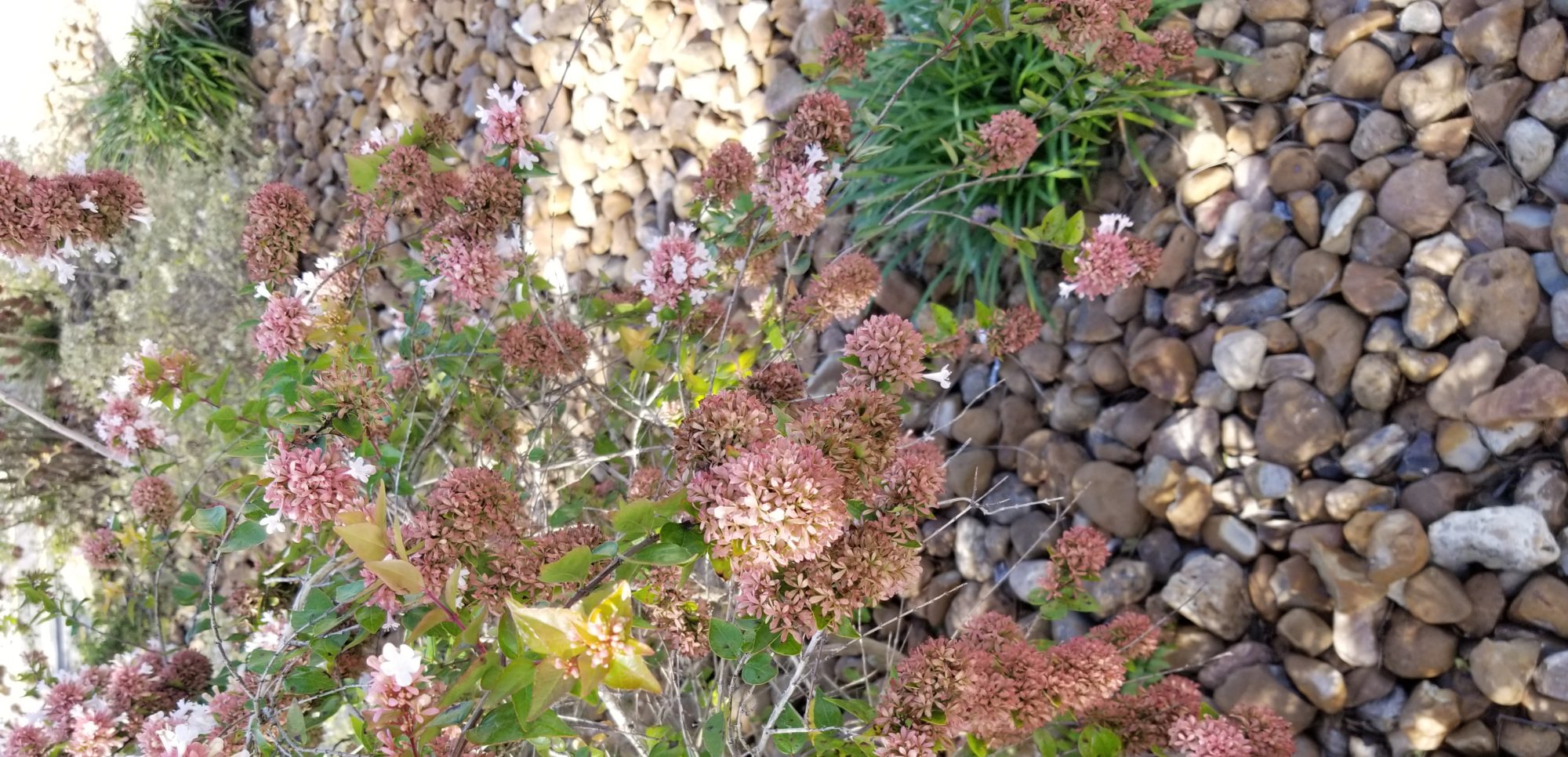1. Is there a cure treatment for lymphedema?
At this time there is NO cure for lymphedema. But it can be controlled, or it can be managed.
2. How do you know that you have lymphedema?
When you notice that you have swelling that does not go away, make sure you visit your physician and have her or him check on you. And he/she makes a diagnosis.
Once you are determined that you have lymphedema then get a referral to a certified lymphedema therapist.
3. What can be done when having lymphedema?
There are 2 phases of treatments, first you will be seen by a certified lymphedema therapist and during these sessions you have treatments such as therapeutic exercise, skin care, manual lymph drainage and bandaging using short stretch bandages.
The second phase, once the swelling /lymphedema is decreased in volume and it is determined by your therapist that you are ready to move forward with compression garments , your therapist will let you know. Then you are set to be fitted with compression garments or farrow wraps. At this point you are ready to manage your own lymphedema.
It is very important that during your sessions with your therapist you learn the manual lymph drainage, self-bandaging, taking care of the skin and therapeutic exercises.
4. How often should I change my compression garment?
It is very important that you change your garment every 6-9 months. There are so many brands that you can choose. Make sure you are measured for right fit to avoid wasting your money.
5. Is ace wrap okay to use for bandaging?
Ace wrap is a long stretch type of bandaging. It is recommended to use a short stretch type of bandaging for better compression of lymphedema. There are different brands such as comprilans or lo press. There are also different sizes.
6. Why skin care?
Our skin is our protection so if you take care of your skin you minimize the entry of the bacteria. For example, if you leave your skin dry and it is scaly, your tendency is to scratch it. Once you keep scratching the skin, then it is subject to skin being cut and is potential for bacterial entry. With the presence of fluids in the interstitial tissue there is less blood flow and your immune system is compromise.
7. What can I do to take care of skin?
Taking a shower or bath would help. Keep the body clean. After taking a shower or bath apply moisturizing lotion such as Curel, Eucerin or Aquaphor.
